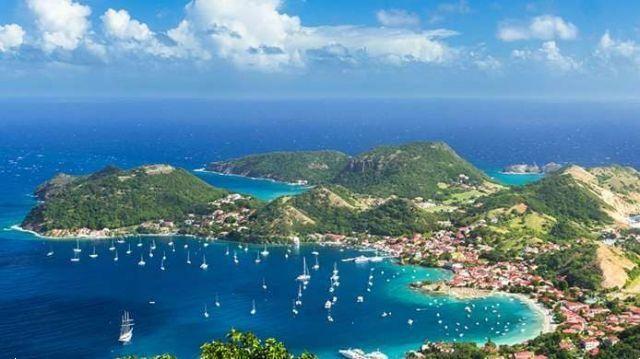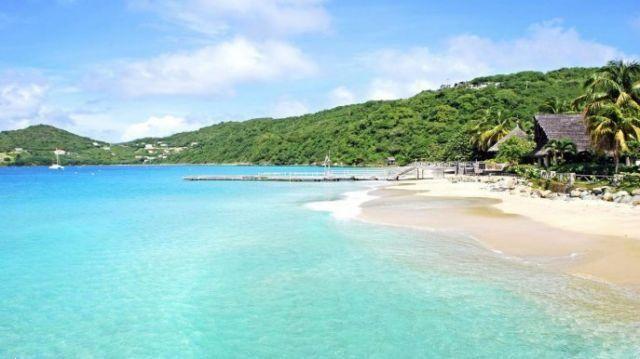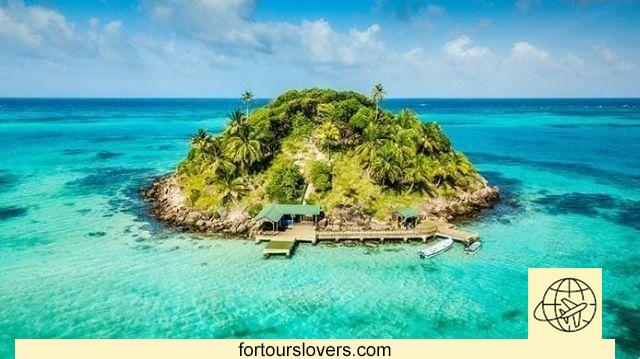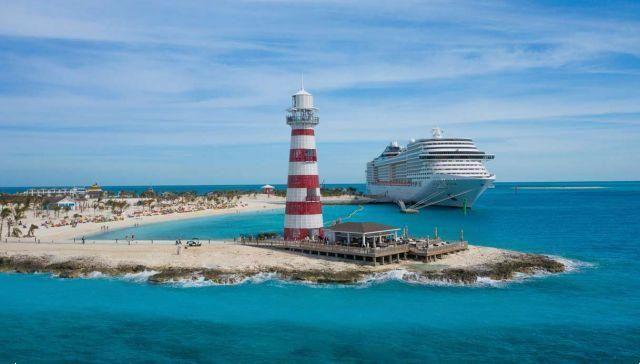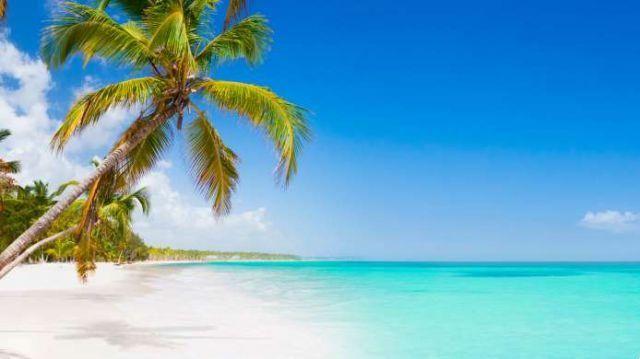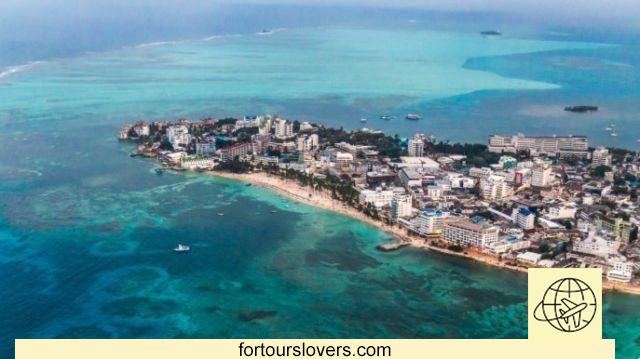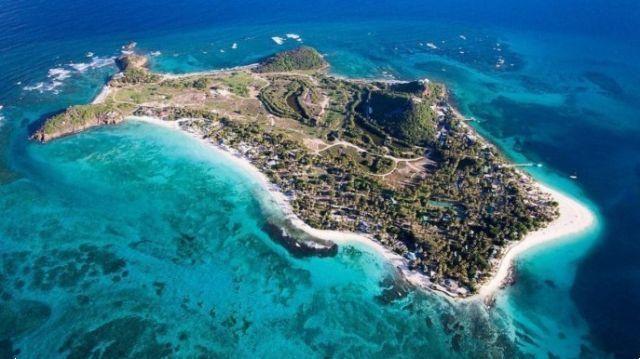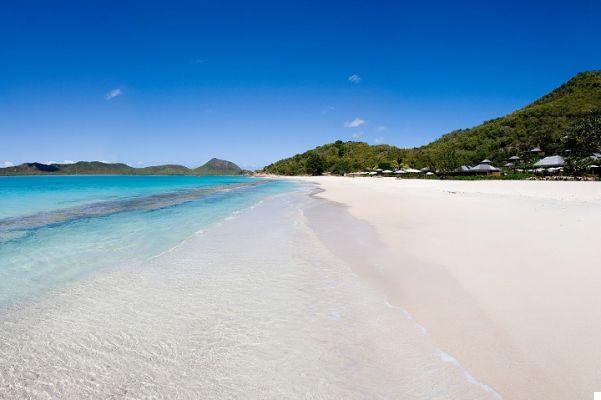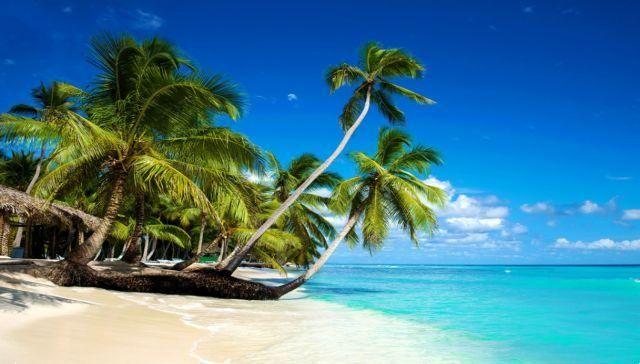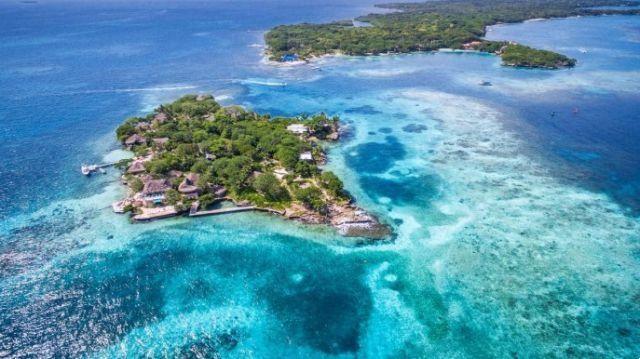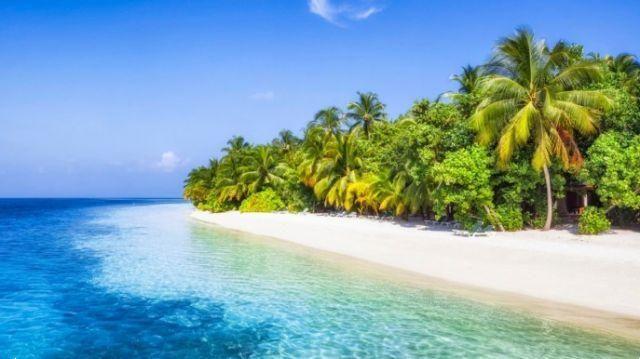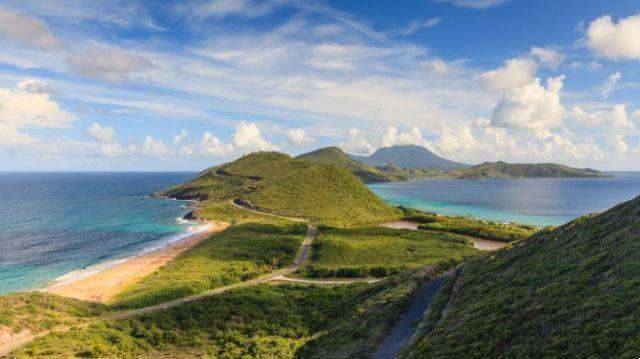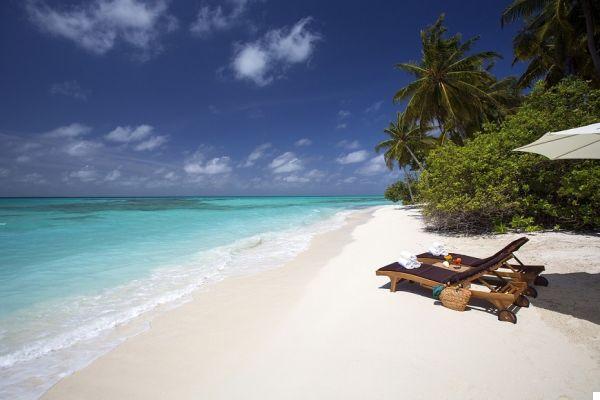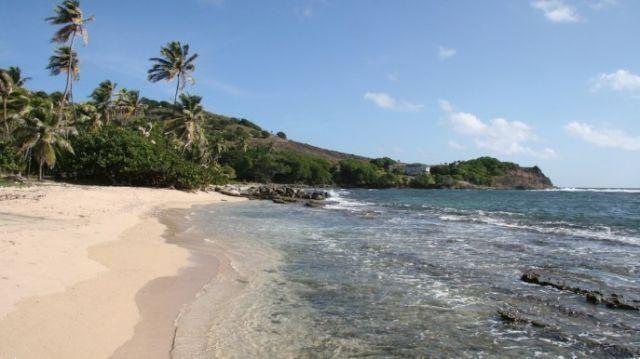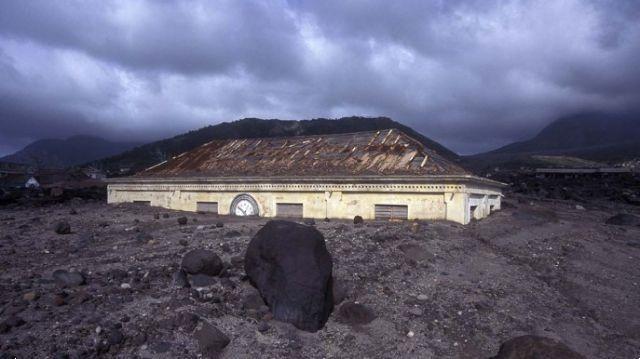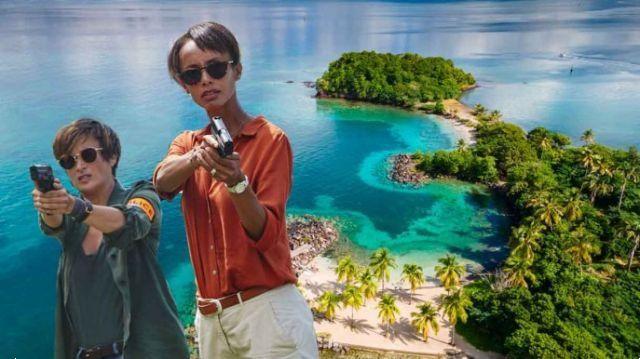
Source: 123rf/@Mediaset
Mélissa Sainte-Rose is commander of the Police Nationale and reports to Captain Gaëlle Crivelli, two women who are opposite in character but, fortunately, complementary in solving the cases at the center of their investigations. Originally from the Caribbean, she, the investigator, is transferred, with her two teenage children, from mainland France to Fort-de-France, the capital of a magnificent island in the Caribbean Sea.
Right from the start, relations between the two women are rather tense. In fact, they have in common Franck, the former's ex-husband (and father of their two children, Chloé and Lucas) but also the latter's ex-lover. The investigations that involve them in the TV series "Crime in the Caribbean" take place in a place that is nothing short of heavenly, which makes one think of something bad: the Martinique.
The splendid locations of Martinique
The French television series is filmed in the island's capital, in the heart of the Lesser Antilles archipelago, or Iles au Vent, "islands of the wind", a dot between the Caribbean Sea to the West and the Atlantic Ocean to the East. makes it the sun of the tropics the island of eternal summer. The climate here is perfect all year round: 28°C average temperature and all the trade winds that blow from the ocean and refresh the air.
And then there are the very fine sandy beaches. The waters are as transparent as ever. And the tropical forest that provides shade and refreshes during the hottest hours. A true paradise.
Fort-de-France – which was once called Fort-Royal, then renamed by Napoleon – is the main location where it is set “Crime in the Caribbean“. You can recognize the large garden square, the Savane, and the Schoelcher library, the work of the French architect Henri Picq, who also designed the Saint-Louis cathedral and the covered market.
But there is no shortage of images of the splendid Caribbean coast and the colorful villages, typical of these latitudes. Iconic is the village of Anses d'Arlet, in the south of the island, which can be reached via a very winding road. It has a very characteristic town center that overlooks a white sandy beach with a crystal clear sea much loved by those who practice diving.
A picturesque fishing village is Grand'Rivière, on the northern coast, which is also not easy to reach due to its position on vertiginous gorges with gigantic trees. For its isolated location, it is as if it were suspended in time, having perfectly preserved the atmosphere of the last century. Lined up on the small beach of volcanic sand you can admire fishing boats of various colours.
The typical, very picturesque Caribbean village that seems to have come out of a postcard is Sainte-Anne, a lively place that keeps its Caribbean village charm intact. Among the most loved by tourists. They are found in La Trinité the ruins of the Dubuc Fortress, an ancient residence that belonged to a pirate who plundered passing ships which he himself sank against the rocks by disorienting them with his lantern.
Then there are the islets scattered around the main island. Like Tombolo, which in the winter months can be reached on foot as the ocean magically "opens" offering an unexpected crossing of the sea. Or like the Ilet Loup-Garou, a true corner of paradise out of this world, where you can see turtles laying their eggs.
The island of eternal summer
Four hundred thousand inhabitants live in this mestizo society: a variety that reflects the history of the island, the various occupations of peoples, the mixtures of people and cultures that arrive from Africa and India. It was discovered by Christopher Columbus in 1502, during his fourth voyage to the New World. At this time, the island was inhabited by the Caribbean Indians, the Arawaks, originally from the Orinoco Valley, and was known by the name of Madinina which, in the indigenous language, means "island of flowers".
It became a French colony in 1635 under the command of Pierre Belain d'Esnambuc, a merchant but also a bit of a pirate. Here, the French planted sugar cane and coffee plantations and imported slaves from Africa. It remained under French rule until 1946, when it simply became a French overseas region, as did Guadeloupe, where another French crime TV series, “Crimes in Paradise” was filmed, French Guiana, the island of Mayotte and the island of Réunion.
Even today, the historical monuments on the island reflect its cultural richness. Creole savoir-vivre makes the inhabitants of Martinique a warm and welcoming people. What apparently seem like paradoxes are actually delightful contrasts, which contribute to creating the charm of this enchanting place, to say the least, which are testimony to the history and soul of the island. The most representative moment of this cultural mix is the Carnival, which officially lasts three days, but which in reality becomes a street party that colors the island for an entire month.
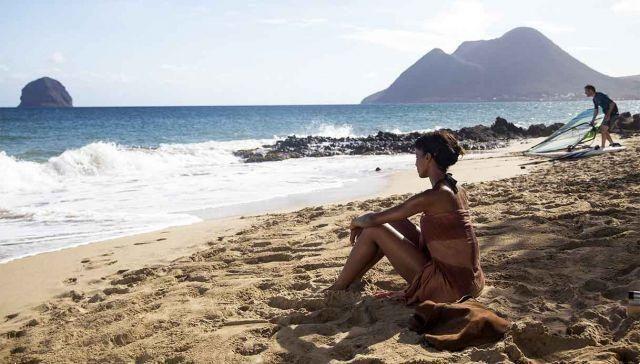
Source: @Mediaset




